In this comprehensive blog about tillage and tilth we will learn in detail about tillage, tilth, types of tillage, modern methods and many more interesting facts.
What is a tillage ?
Tillage is a crucial agricultural practice that involves the mechanical manipulation of soil. It’s done using various tools and implements to create optimal soil conditions for seed germination and crop growth.
What is Tilth?
Tilth is the physical condition of soil that results from tillage. It can be categorized into three types: coarse tilth, fine tilth, and moderate tilth.
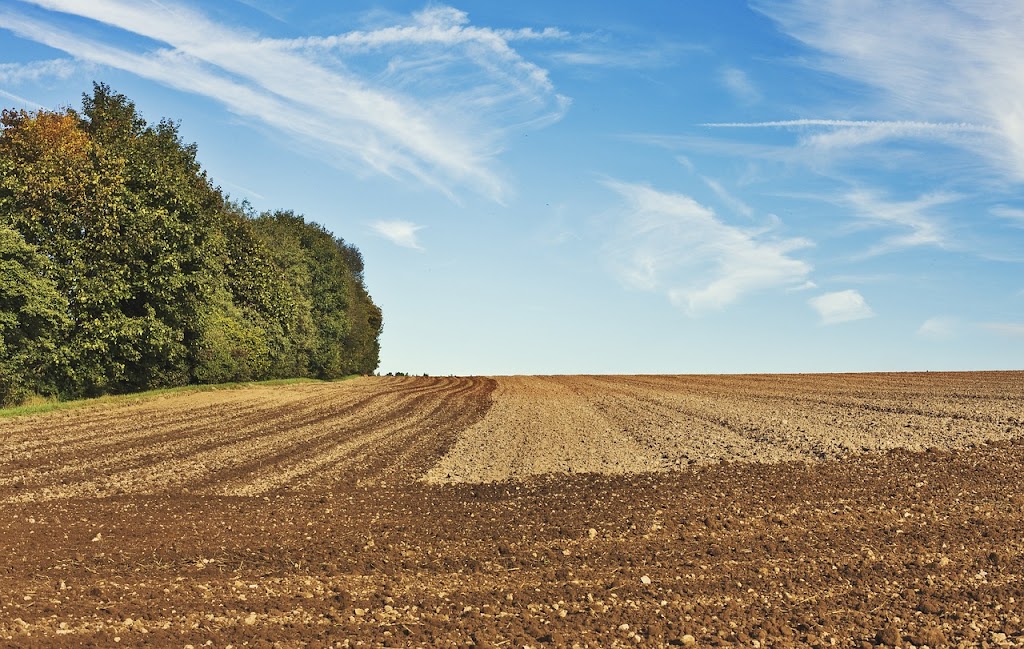
Types of Tillage
Tillage can be classified into two main types based on the season it’s performed:
On-Season Tillage:
This type of tillage is carried out during the cropping season, typically in June-July or September-October.
Off-Season Tillage:
This is performed during the fallow or non-cropped season, usually in summer.
On-Season Tillage
On-season tillage includes operations done for raising crops in the same season or at the onset of the crop season. It comprises preparatory tillage and inter tillage.
Preparatory Tillage
Preparatory tillage involves operations done to prepare the field for crop cultivation. It includes deep opening and loosening of the soil to achieve a desirable tilth and to incorporate or uproot weeds and crop stubble when the soil is in a workable condition.
Types of Preparatory Tillage
Primary Tillage
Primary tillage, also known as ploughing, is the operation performed after the harvest of a crop to bring the land under cultivation. It involves opening compact soil with the help of different ploughs.
Depending on the purpose or necessity, different types of primary tillage are carried out, including deep ploughing and subsoiling.

Deep Tillage
Deep ploughing is done to control perennial weeds (such as Cynodon dactylon and Cyperus rotundus) and to break soil hard pans. The Central Research Institute for Dryland Agriculture (CRIDA), Hyderabad, classifies ploughing depths as follows:
Shallow: 5-6 cm
Medium deep: 15-20 cm
Deep ploughing: 25-30 cm
The desirable depth of ploughing is 12 to 20 cm for field crops. However, the ploughing depth varies with the effective root zone of the crop. For instance, deep-rooted crops require a deep tillage of 25-30 cm, while shallow-rooted crops need a moderate deep tillage of 15-20 cm.
Subsoiling
Subsoiling is a tillage method used to break up hard pans in the soil that can restrict the growth of crop roots. This process involves making a narrow cut in the topsoil, while the share of the subsoil plough shatters the hard pans. Tools like chisel ploughs are used for this purpose, capable of breaking hard pans even at depths of 60-70 cm. To prevent the closing of the subsoil furrow, a technique called vertical mulching is adopted.
Secondary Tillage
Secondary tillage refers to the operations performed on the soil after primary tillage. The goal is to achieve a good soil tilth. This involves lighter or finer operations designed to clean the soil, break clods, and incorporate manure and fertilizers. Harrowing and planking are common secondary tillage operations. Planking is done to crush hard clods, level the soil surface, and lightly compact the soil. Tools like harrows, cultivators, Guntakas, and spades are used for secondary tillage.
Seedbed Preparation
Seedbed preparation is a shallow operation intended to prepare a seedbed or make the soil suitable for planting. The main objectives are weed control and structural development of the soil.
Inter Tillage/Inter Cultivation
Inter tillage, also known as inter cultivation or post seeding/planting cultivation, refers to the tillage operations carried out in the standing crop after sowing or planting and before harvesting. This includes operations like harrowing, hoeing, weeding, earthing up, drilling, or side dressing of fertilizers. Tools like spades, hoes, and weeders are commonly used for inter cultivation.
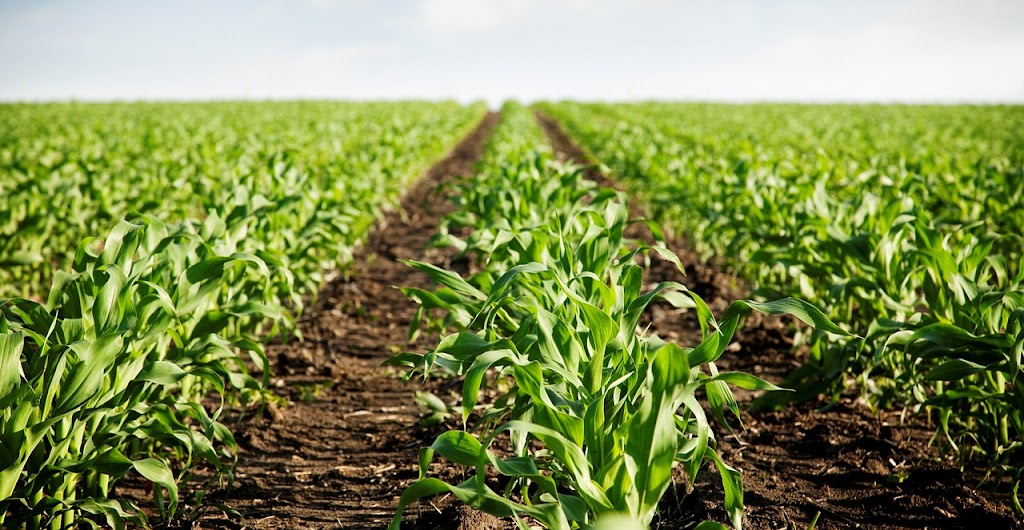
Off-Season Tillage
Off-season tillage refers to tillage operations done to condition the soil suitably for the forthcoming main season crop. This may include post-harvest tillage, summer tillage, winter tillage, and fallow tillage.
Special Purpose Tillage
Special purpose tillage refers to tillage operations intended to serve special purposes. They include:
Clean tillage:
This involves working the soil of the entire field in such a way that no living plant is left undisturbed. It is practiced to control weeds, soil-borne pathogens, and pests.
Blind tillage:
This refers to tillage done after seeding or planting the crop (in a sterile soil) either at the pre-emergence stage of the crop plants or while they are in the early stages of growth. This ensures that crop plants (like sugarcane, potato, etc.) do not get damaged, but extra plants and broad-leaved weeds are uprooted.
Wet tillage or puddling:
This is a tillage operation done in land with standing water. Puddling involves ploughing repeatedly in standing water until the soil becomes soft and muddy. This creates an impervious layer below the surface to reduce deep percolation losses of water.
Modern Concepts of Tillage: An In-Depth Guide
Minimum Tillage
Minimum tillage is a method that involves significant soil disturbance, but to a much lesser extent than conventional tillage. The aim is to reduce tillage to the minimum necessary for ensuring a good seedbed, rapid germination, a satisfactory stand, and favorable growing conditions. In minimum tillage, the operation is done only for seedbed preparation. It keeps 30-50% of crop residues on the soil surface, improving soil condition due to in-situ decomposition of plant residue. However, more nitrogen has to be added as the rate of decomposition of organic matter is slow. Seed germination is lower with minimum tillage, and weed control can be done by herbicide.
Zero Tillage/No Tillage/Chemical Tillage
Zero tillage is an extreme form of minimum tillage where primary tillage is completely avoided, and secondary tillage is restricted to seedbed preparation in the row zone only. One method of practicing zero tillage is till planting, where the machinery accomplishes four tasks in one operation: cleaning the crop row, opening the soil for seed insertion, placing the seed, and covering the seed. It keeps 50-100% of residue on the soil surface. In zero tillage, herbicide functions are extended. Before sowing, broad-spectrum non-selective herbicides with relatively short residual effect (such as Paraquat, Glyphosate, etc.) are used for weed control. Glubler B. Triplets (USA, 1950) is considered the father of zero tillage, and it was first adopted in wheat and rice.
Stubble Mulch Tillage or Stubble Mulch Farming
In stubble mulch tillage, the soil is protected at all times either by growing a crop or by leaving the crop residues on the surface during fallow periods. The residues left on the surface interfere with seedbed preparation and sowing operations. Traditional tillage and sowing implements or equipment are not suitable under these conditions.
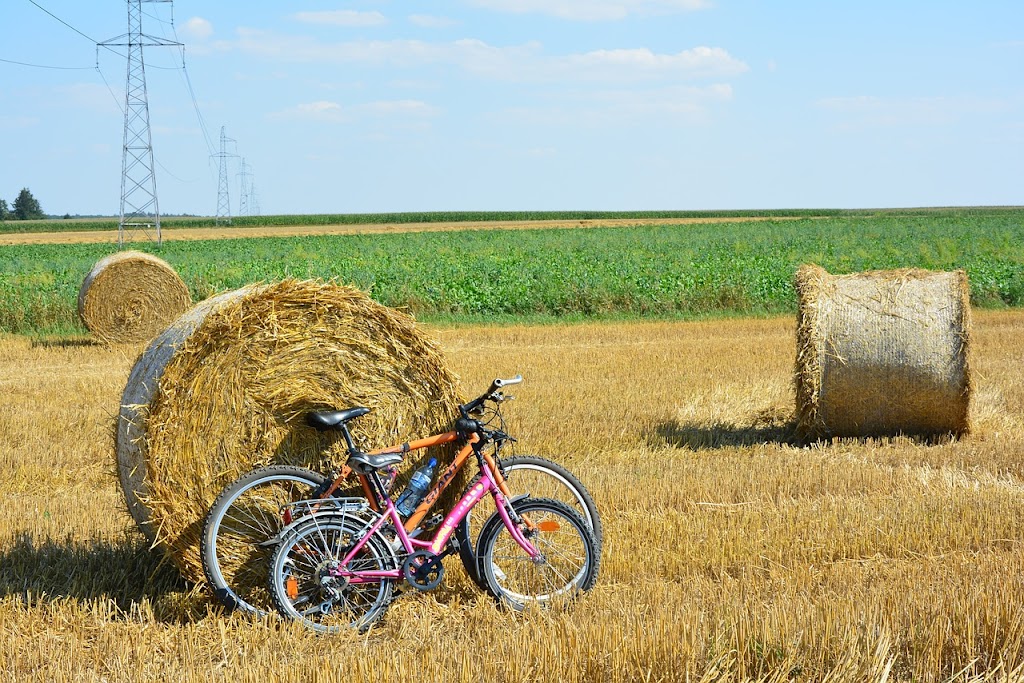
Conservation Tillage
The major objective of conservation tillage is to conserve soil and soil moisture. It is a system of tillage in which organic residues are not inverted into the soil, such that they remain on the surface as a protective cover against erosion and evaporation losses of soil moisture. If stubble forms the protective cover on the surface, it is usually referred to as stubble mulch tillage. The residues left on the soil surface interfere with seedbed preparation and sowing operations.
check my others blogs

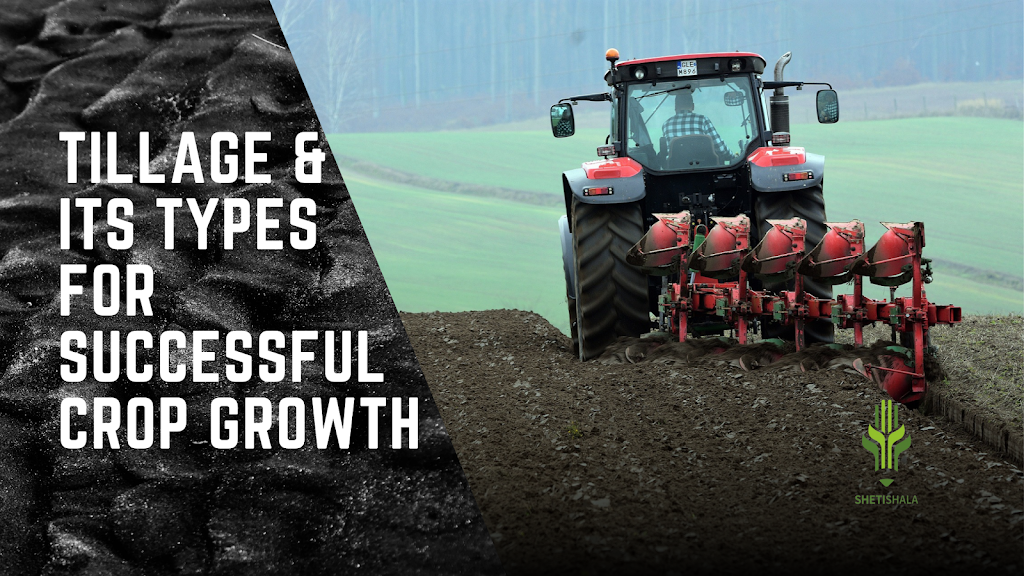
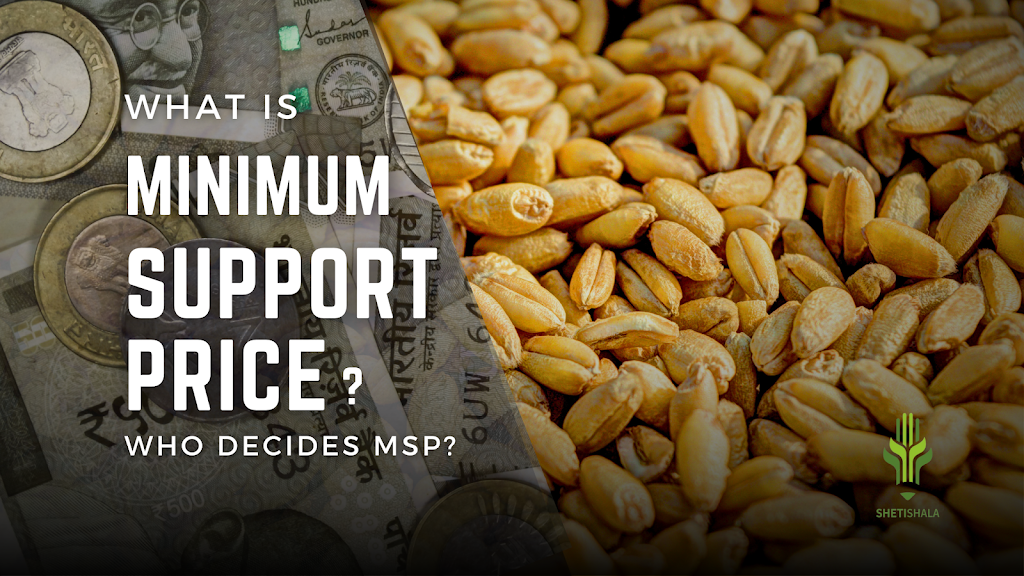
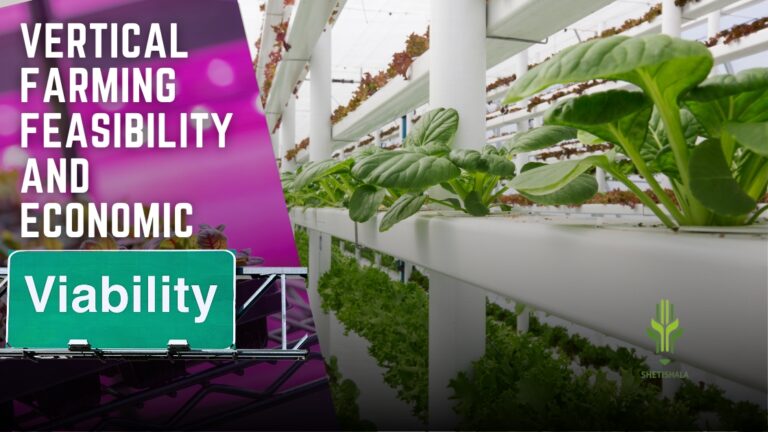
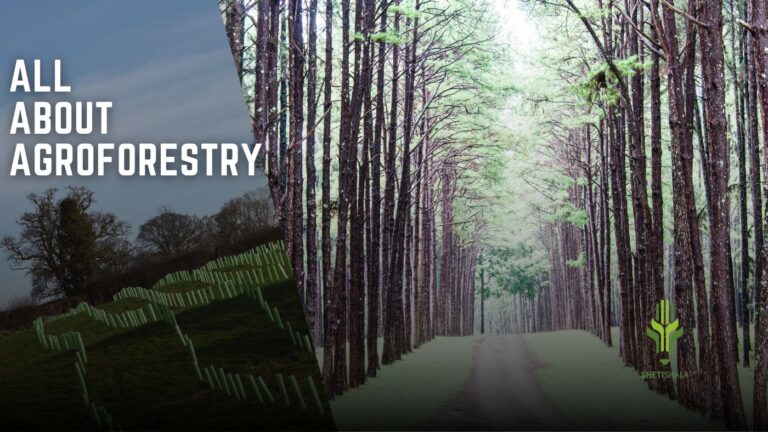
Nice information sir